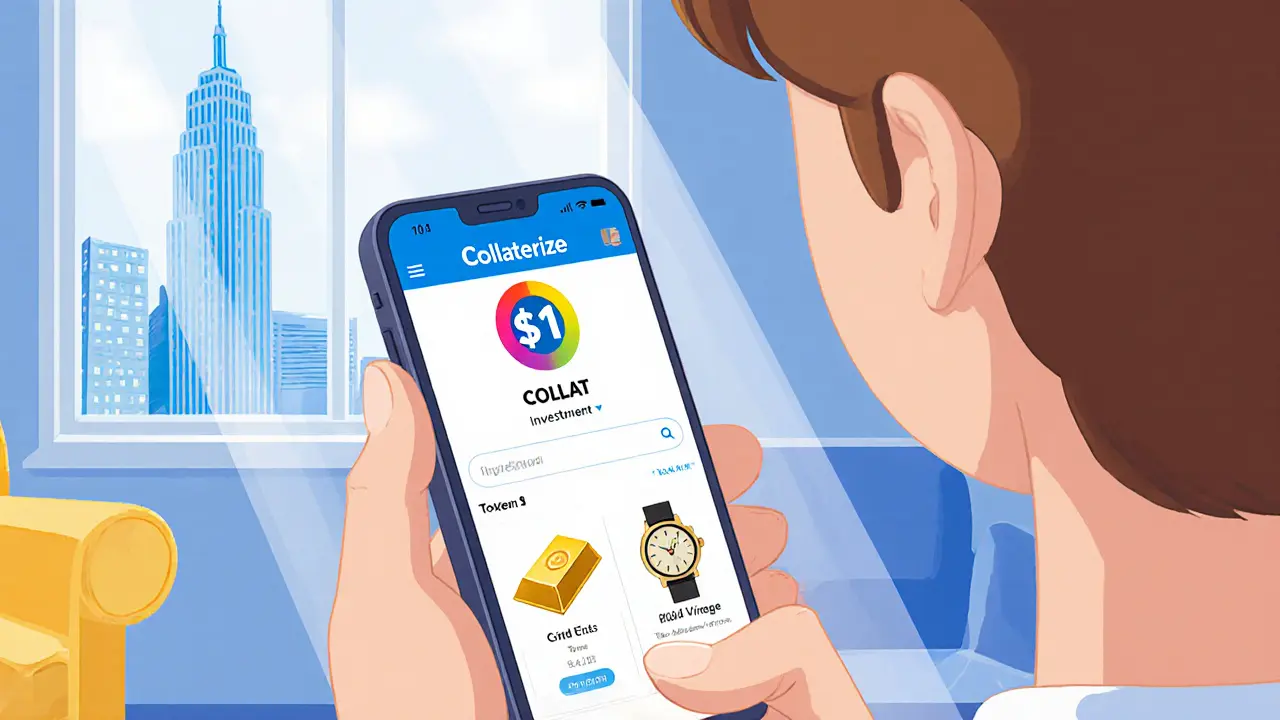Real-World Asset Tokenization: Turning Physical Assets into Digital Tokens
When working with real-world asset tokenization, the process of creating blockchain‑based tokens that represent physical items such as real estate, commodities, or artwork. Also known as asset digitization, it lets owners split ownership, trade on secondary markets, and tap into liquidity that was once locked away.
Why property tokenization is reshaping ownership
real-world asset tokenization encompasses property tokenization, the specific practice of issuing digital shares for real‑estate parcels, commercial buildings, or even a single rental unit. Projects like MyBricks ($BRICKS) illustrate how a single apartment can be sliced into dozens of tokens, each tradable on a crypto exchange. This fractional model lowers the entry barrier, lets investors diversify across cities, and creates a live secondary market that traditional deeds can’t match. Because each token is anchored to a legal claim, regulators are starting to treat these tokens as securities, which brings both credibility and compliance requirements.
When a property is tokenized, the issuance often follows a security token offering, a regulated fundraising method where each token is classified as a security and must comply with local securities law. STOs add investor protection through KYC/AML checks and disclosure documents, while still leveraging blockchain’s speed and transparency. In jurisdictions that have embraced STO frameworks, tokenized assets can be listed on compliant exchanges, giving token holders access to price discovery and secondary trading without the traditional bottlenecks of real‑estate transactions.
The technical backbone that makes all of this possible is the smart contract, self‑executing code on a blockchain that enforces ownership rules, dividend distribution, and transfer restrictions automatically. Smart contracts eliminate the need for a middleman to verify each trade, because the contract itself checks the sender’s balance, applies any lock‑up periods, and records the new ownership on an immutable ledger. Platforms built on Ethereum, Binance Smart Chain, or newer Layer‑2 solutions provide the scripting flexibility to embed complex clauses, such as automatic rent payouts or voting rights for token holders.
Once a real‑world asset is tokenized and governed by a smart contract, DeFi platforms, decentralized finance services that offer lending, borrowing, and yield generation using crypto assets can unlock additional liquidity. Token holders can deposit their property tokens into lending pools, earn interest, or use them as collateral for other crypto purchases. This fusion of tokenized assets and DeFi creates a feedback loop: more liquidity drives higher market participation, which in turn attracts institutional players looking for regulated exposure to real‑world value.
All these pieces—property tokenization, security token offerings, smart contracts, and DeFi—interlock to form a new financial ecosystem where tangible value moves as freely as any digital coin. Below you’ll find a curated list of articles that dive deeper into each component, from practical guides on staking and exchange reviews to regulatory updates that shape the future of asset tokenization. Whether you’re a beginner curious about how a brick can become a token, or an experienced trader hunting the next yield opportunity, the collection offers actionable insight to help you navigate this fast‑evolving space.
Collaterize (COLLAT) Explained: The Real‑World Asset Crypto Coin
Collaterize (COLLAT) is a mobile‑first blockchain that tokenizes real‑world assets. Learn how it works, its tokenomics, pros, cons, and how to start investing.
- 20
- Read More
